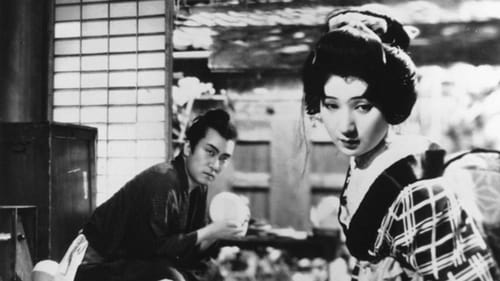
Cinematography
This is the only surviving “Mito Komon Manyu-ki” film. This release also known as "Adrift Tour Memoir" or literally "Mito Komon's Pleasure Trip" is an 80-minute compilation of the first (東海道の巻 or "Tokaido no maki") and second (日本晴れの巻 or "Japan's Fine Weather Reel") parts (147 minutes), which were re-edited and screened at a time when presentable films were dried up immediately after the defeat of the war.

Cinematography
Set against the backdrop of an imperial victory in the civil war leading up to the Meiji Restoration, Fallen Blossoms tells the story of the sorrows of women in a geisha house in Kyoto by recounting the relationships of its inhabitants.

Director of Photography
야쿠자 밑에서 일하는 가네코는 한창 오늘치 자릿세 수금을 하고 있다. 그러나 그는 남몰래 사랑하고 있는 오나미가 일하는 술집만은 지나친다. 가네코와 오래 알고 지낸 기타무라가 마침 그를 발견해 오나미의 가게로 이끄는데, 정신이 빠진 사이 가네코는 목숨보다 소중한 단검을 잃어버리고 만다. 한편, 남을 위한 희생 따위는 모르는, 조직의 우두머리 고우치야마 소슌이 단검을 찾기 위해 동분서주하는 가네코의 일에 휘말리게 된다.

Cinematography
A lost 1934 kaiju film produced by Giant Buddha Movie Factory. It is the first known Japanese film to feature a kaiju-sized character. Though planned as the start of a franchise, no sequels ever manifested. The film itself was likely destroyed by bombing by Allied forces during World War II or carelessness by the studio. The Buddha statue in Shurakuen Park comes to life, rises to his full 33-meter height, and embarks on a journey to save humanity. After passing through tourist attractions in the Chukyo region, the statue flies off to Tokyo. A 1934 magazine article purportedly describes scenes in which the statue "strides over a train," "rests his head on a three-story building," and "makes geisha girls dance on his palm.



